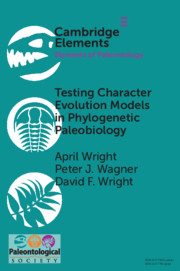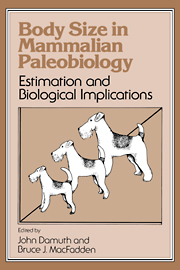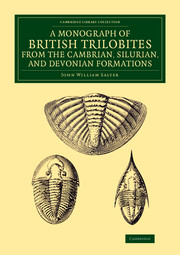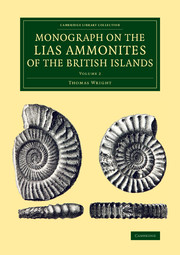Testing Character Evolution Models in Phylogenetic Paleobiology
Macroevolutionary inference has historically been treated as a two-step process, involving the inference of a tree, and then inference of a macroevolutionary model using that tree. Newer models blend the two steps. These methods make more complete use of fossils than the previous generation of Bayesian phylogenetic models. They also involve many more parameters than prior models, including parameters about which empiricists may have little intuition. In this Element, we set forth a framework for fitting complex, hierarchical models. The authors ultimately fit and use a joint tree and diversification model to estimate a dated phylogeny of the Cincta (Echinodermata), a morphologically distinct group of Cambrian echinoderms that lack the fivefold radial symmetry
characteristic of extant members of the phylum. Although the phylogeny of cinctans remains poorly supported in places, this Element shows how models of character change and diversification contribute to understanding patterns of phylogenetic relatedness and testing macroevolutionary hypotheses.
Product details
No date availablePaperback
9781009048842
75 pages
229 × 151 × 4 mm
0.094kg
Table of Contents
- 1. Introduction
- 2. Taxonomic Background and Data
- 3. Taxonomic Background and Data
- 4. Methods
- 5. Discussion
- 6. Conclusion
- Appendix
- References.






